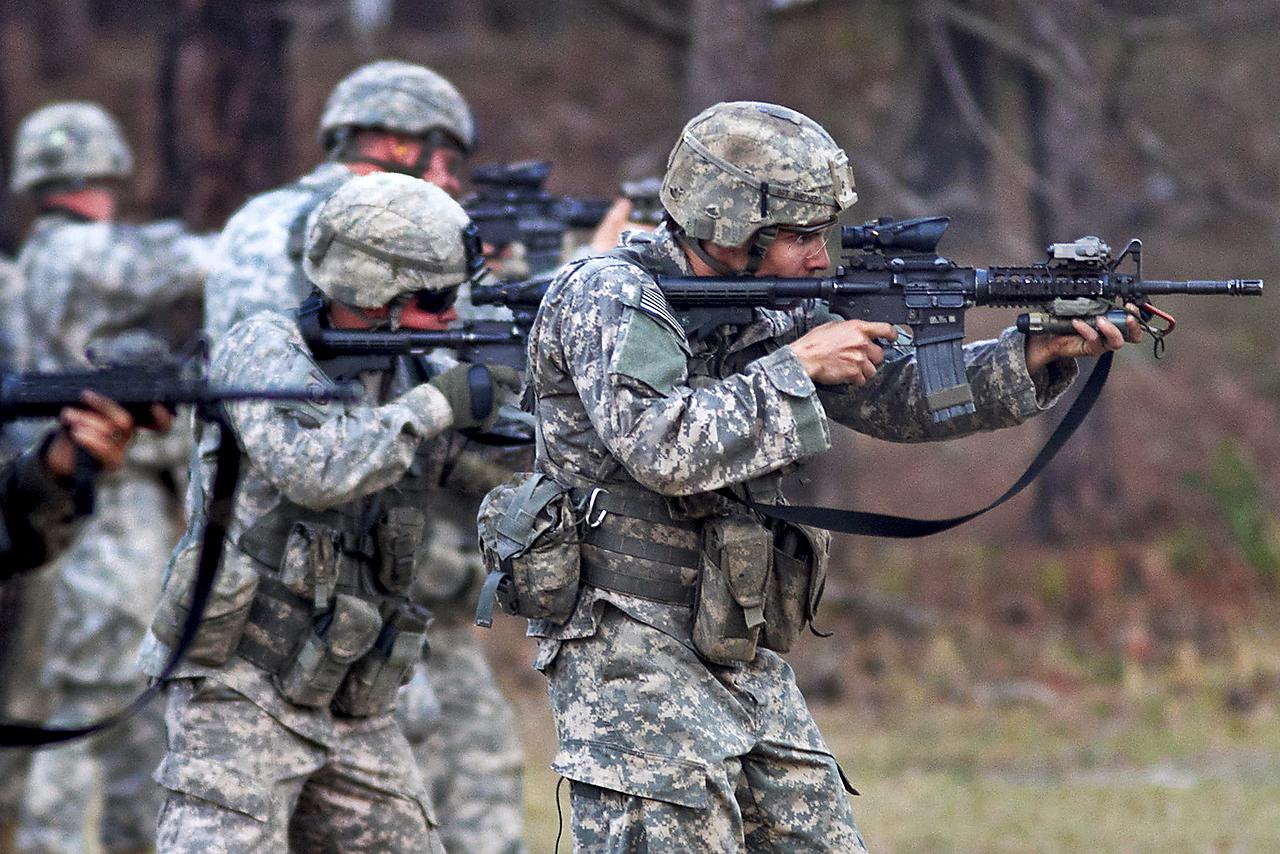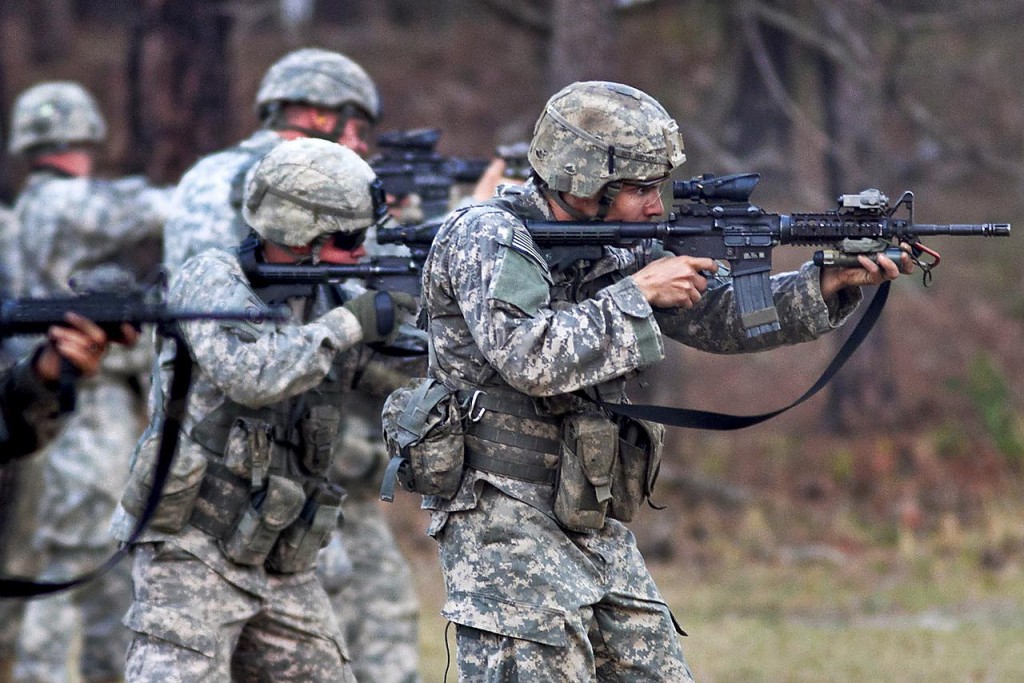Associated Press
By LOLITA C. BALDOR
U.S. officials say the Pentagon will be deploying an armored brigade combat team to Eastern Europe next February as part of the ongoing effort to rotate troops in and out of the region to reassure allies worried about threats from an increasingly aggressive Russia.
The officials said the Army will announce Wednesday that it will be sending a full set of equipment with the brigade to Europe. Earlier plans had called for the Pentagon to rotate troops into Europe, where they would have used a set of training equipment pre-positioned there.
The new proposal would remove the pre-positioned equipment, send it to be refurbished, and allow the U.S. forces to bring more robust, modern equipment in with them when they deploy. There are about 4,500 soldiers in an armored brigade, along with dozens of heavy vehicles, tanks and other equipment.
Wednesday’s announcement is also aimed at easing worries in Europe, where allies had heard rumblings about the pre-positioned equipment being removed and feared the U.S. was scaling back support.
Officials also said the Army would send additional communications equipment to Europe so that headquarters units could have the radios, computers and other equipment needed to work with the brigades.
The officials were not authorized to discuss the announcement publicly so spoke on condition of anonymity.
The changes underscore promises made by defense leaders to protect Europe and send a message to Moscow that any aggression against allies would be unacceptable. And they provide more details to budget proposals rolled out earlier this year that quadrupled military aid to Europe and called for a more constant rotational presence.
Over the past nine months, during trips to Eastern Europe and in NATO meetings, Defense Secretary Ash Carter has pledged additional military support for the region.
Last June, while visiting Estonia, Carter announced the U.S. would spread about 250 tanks, armored vehicles and other military equipment across six former Soviet bloc nations to help reassure NATO allies facing threats from Russia and terrorist groups.
Each set of equipment would be enough to outfit a military unit, and would go on at least a temporary basis to Bulgaria, Estonia, Latvia, Lithuania, Poland, and Romania.
The equipment could also be moved around the region for training and military exercises, and would include Bradley fighting vehicles and self-propelled howitzer artillery guns.
U.S. President Barack Obama, right, and Russia’s President Vladimir Putin pose for members of the media before a bilateral meeting Monday, Sept. 28, 2015, at United Nations headquarters.
In February, the Pentagon announced it would seek $3.4 billion in the 2017 budget to increase troop rotations and military exercises in Europe. The plan essentially calls for the constant presence of a third brigade in Europe.
Two are already permanently stationed in Europe — a Stryker brigade and an airborne brigade. And now a brigade will rotate in and out, likely every nine months or so, on a continual basis.
The 2016 budget included about $780 million for the so-called European reassurance initiative, which covered the costs of sending hundreds of U.S. troops in and out of Europe for short deployments, military exercises and other training missions.
Carter’s proposal to quadruple that amount would allow the U.S. to send more troops to Europe for short-term deployments and also provide additional equipment and improve facilities so that more forces could be accommodated.
The increased U.S. military support comes a year after the Defense Department unveiled sweeping plans to consolidate its forces in Europe, taking thousands of U.S. military and civilian personnel out of bases mostly in the United Kingdom and Portugal, in an effort that was expected to save about $500 million each year.
But, Russia’s military intervention in Ukraine over the past year and its annexation of the Crimea region has worried Eastern European nations, which fear they may be next.
The latest Pentagon moves are seen as an effort to deter Russia from taking any further aggressive action against any other European nations.


